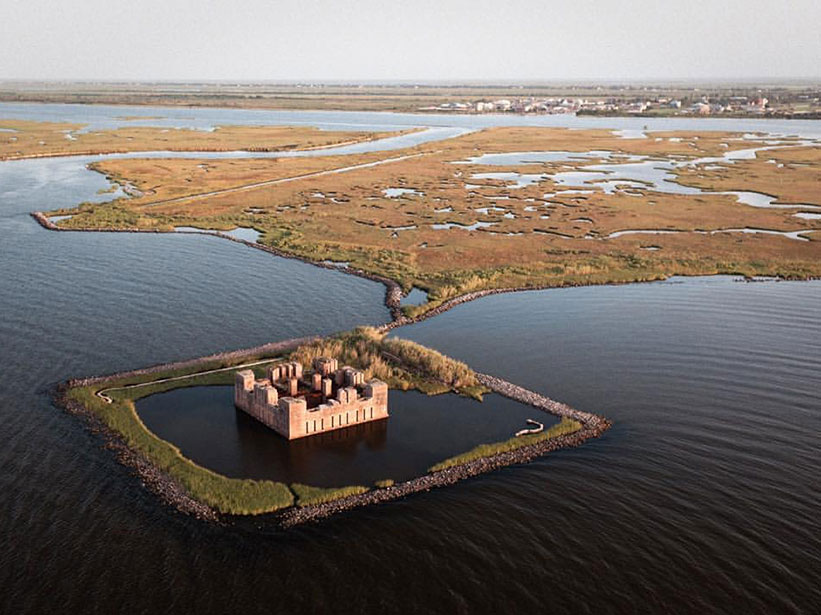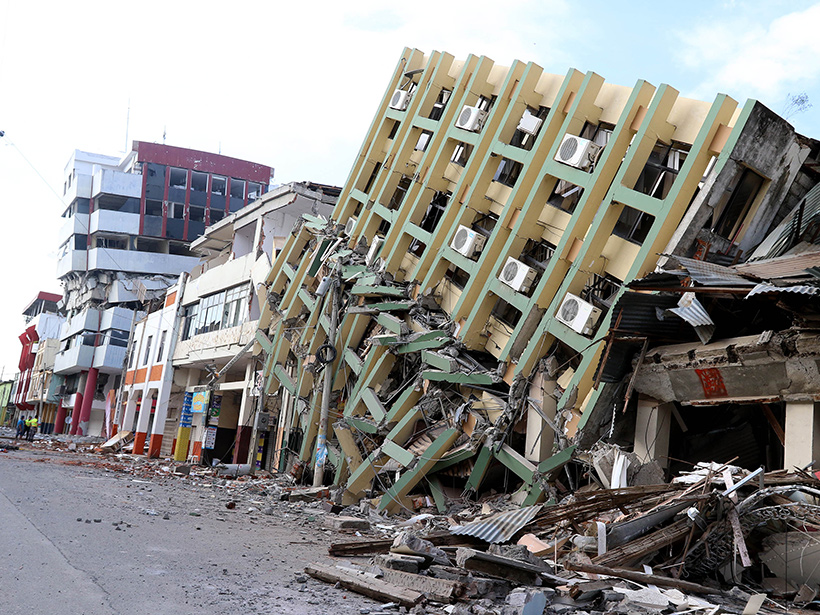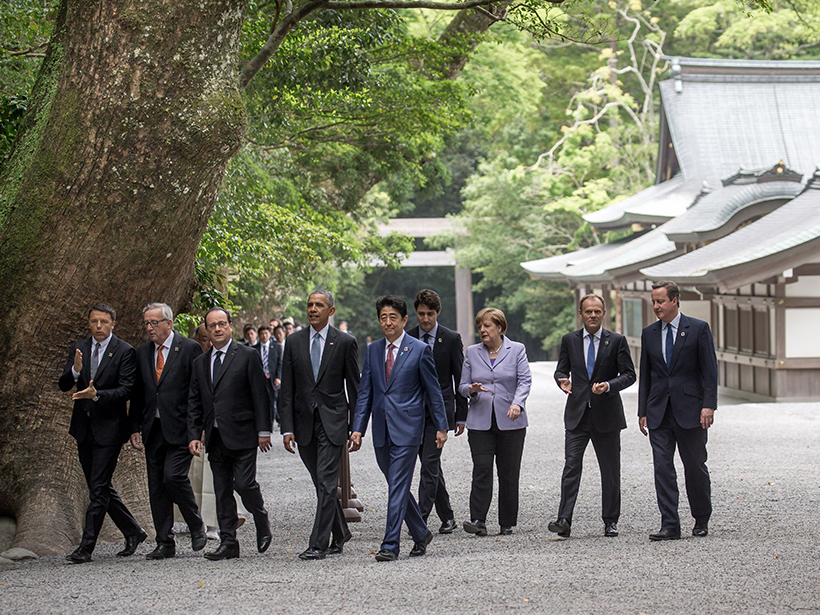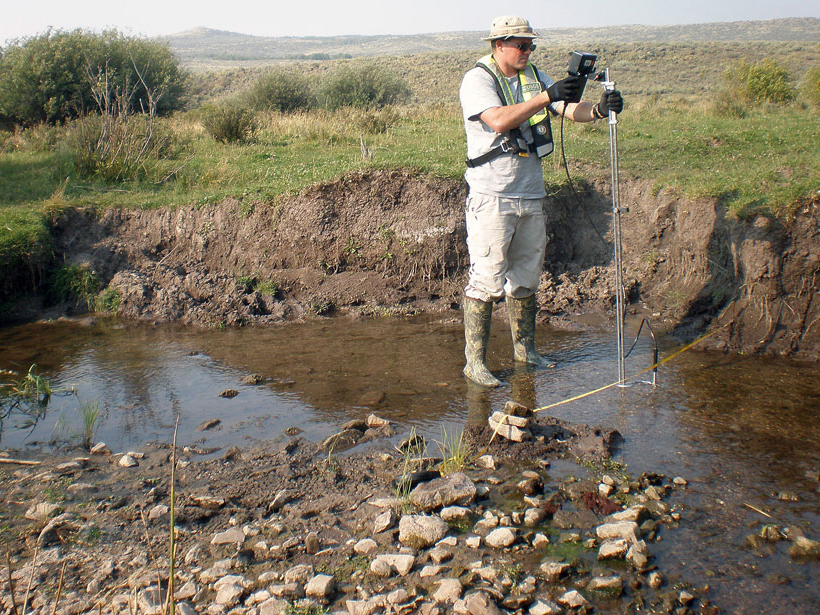Some of the world's largest cities are sinking faster than the oceans are rising. Humans are part of the problem, but we can also be part of the solution through monitoring and modeling.
disaster preparedness
Enhancing Safety in a Volcano's Shadow
A new project gives civil authorities and scientists a common set of tools for assessing volcanic hazards and managing associated risks.
Focusing the Human Lens on Glacial Outburst Floods
To better prepare mountain communities for possible floods, experts say that it is important to understand the communities themselves.
A New View of the Plate Dynamics Behind Earthquakes in Ecuador
Scientists get one step closer to an updated seismic hazard map that could help Ecuador prepare for future tremors.
Science Academies Urge Stronger Action on Disaster Resilience
A separate statement calls for nurturing new scientists, promoting science education, and supporting women and minorities in science.
Volcanic Lightning Could Aid Hazard Response During Eruptions
Lightning and ash plume dynamics reflected eruption behavior and signaled the onset of fast-moving rock and gas flows during the 2015 eruption of Chile's Calbuco volcano.
Senate Pushes USGS Director for More Action on Minerals, Hazards
Suzette Kimball also tells senators that innovation is the characteristic she hopes to nurture the most as USGS director.
Anticipating Cascading Effects from Climate Extremes
Preparing for High Consequence, Low Probability Events: Heat, Water & Energy in the Southwest; Tucson, Arizona, 28–29 September 2015
Science of Tying Some Extreme Weather to Climate Change Advances
A report from the National Academies of Sciences, Engineering, and Medicine says attribution of some classes of extreme events can provide policy makers with better information about future risks.
USGS Budget Plan to Advance Earth Observations, Hazards Measures
The request for across-the-board increases in fiscal year 2017 also seeks to improve water monitoring and terrain mapping, downsize infrastructure, and grow operations in support of scientific work.










